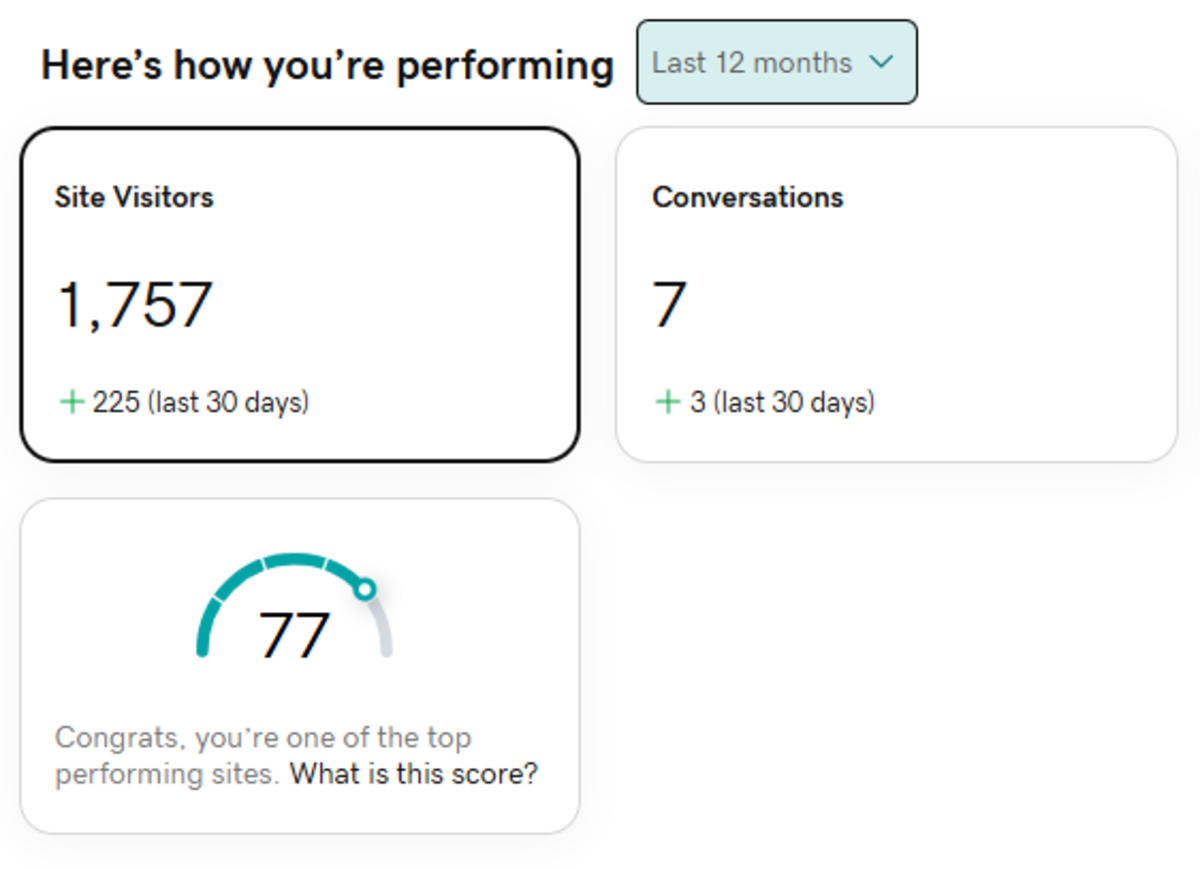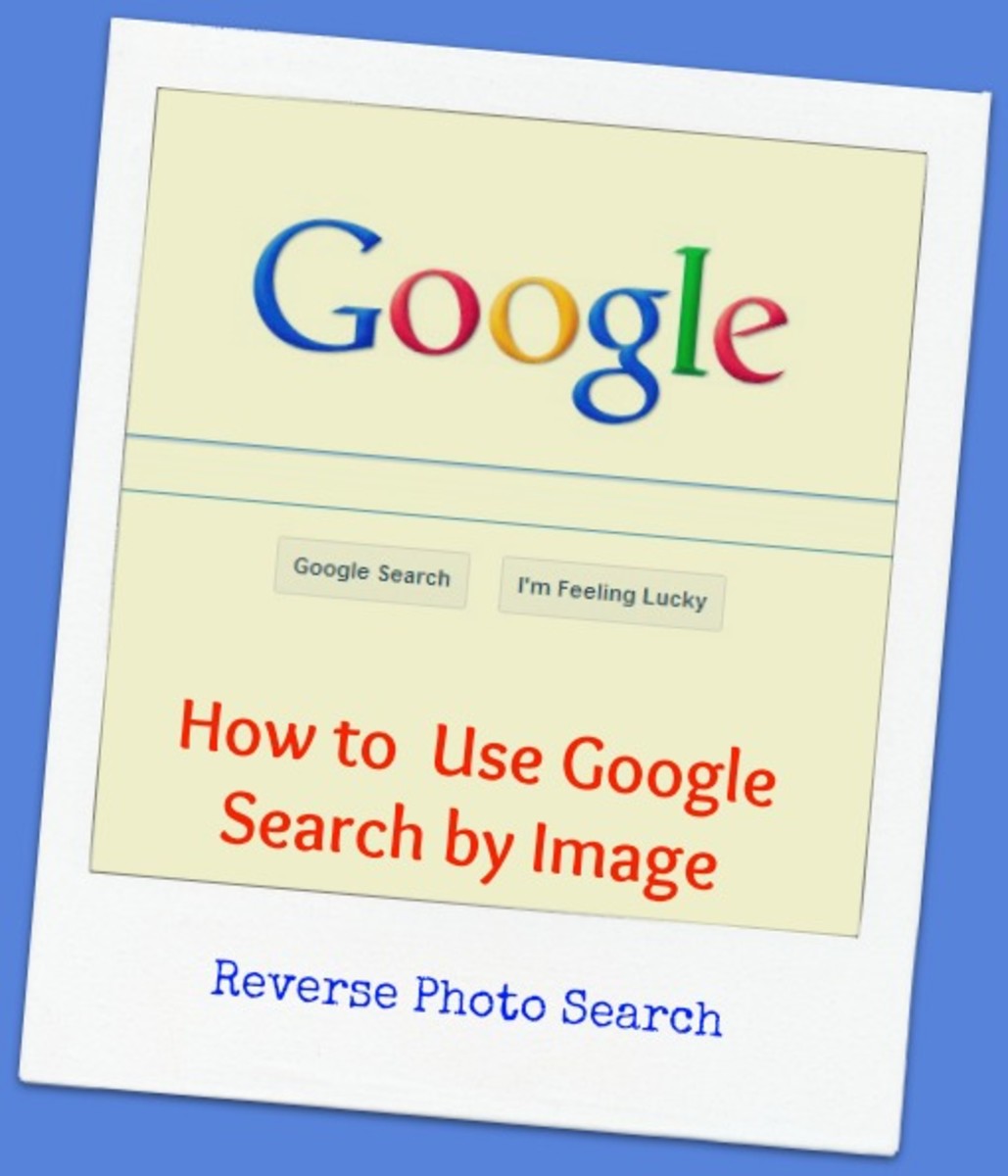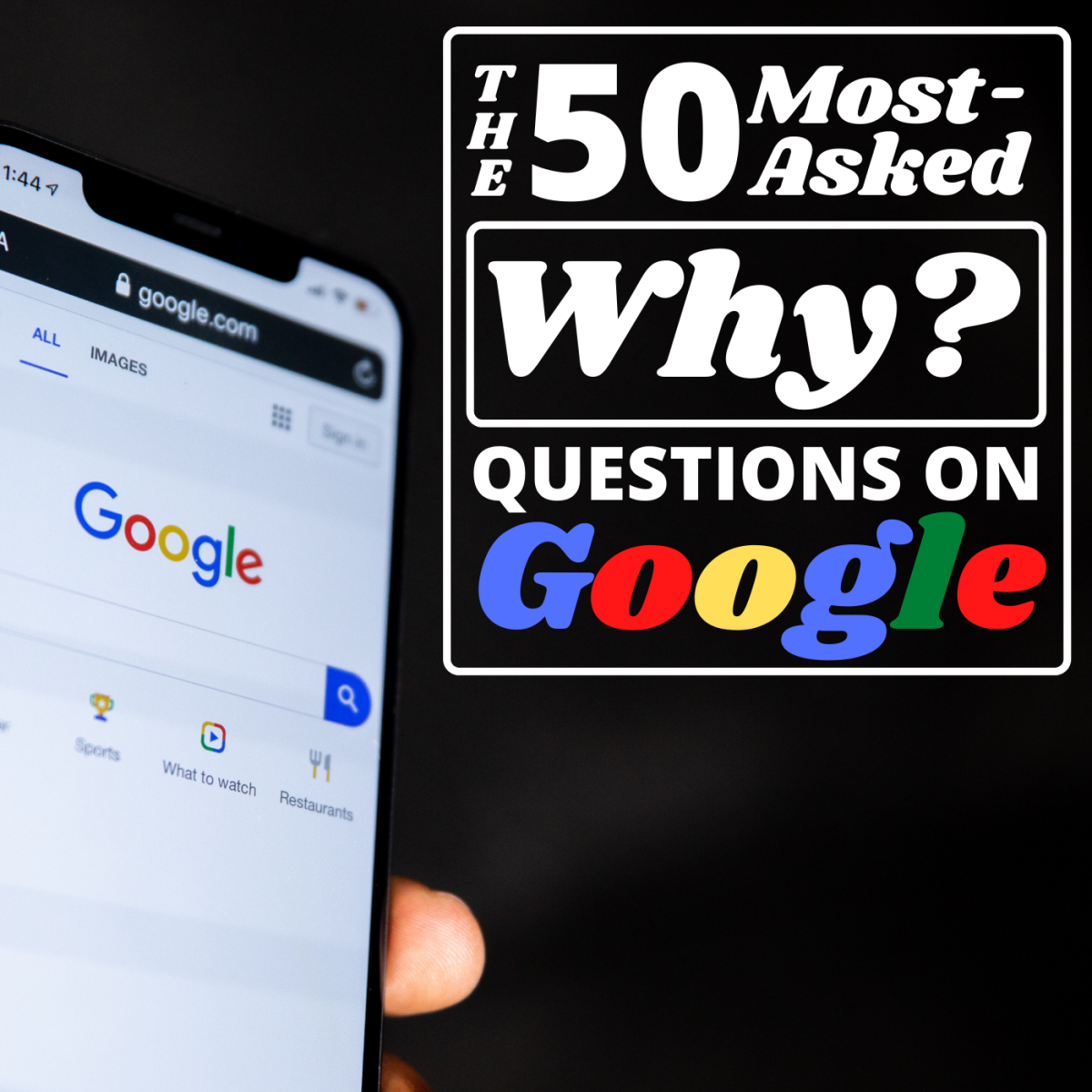- HubPages»
- Technology»
- Internet & the Web»
- Search Engines
Anatomy of Search Engine optimization (SEO)

Improving your sites search placement
Most paragons--in sports, entertainment, marketing, etc.--strive to improve even when it seems like they've already reached perfection or expertise. Maybe your SEO strategy is top-notch, but for whatever reason, you've hit a plateau. You're ahead of launched algorithms, you know just what it takes to build the foundation for successful online marketing, but you're just not getting the desired results.
The anatomy of SEO is structured. The basics are understood and applicable for any business, but sometimes you need to tweak and polish to make the most of your SEO strategy. Like the human body, there is a set standard in SEO anatomy. But also like the human body, different SEO 'bodies' have different needs that can change over time. Adapting to these needs and hacking your SEO strategy to reap the most benefits is essential to maintain growth in this evolving web of online marketing.
SEO Basics
If you're an SEO pro, you've probably got a pretty good handle on the basics of SEO:
- Website architecture optimization
- Content optimization for keywords and SERP rankings
- Loading speed optimization
- Mobile optimization
- Local optimization
- Image and Video Optimization
This is the surface of SEO, but you probably know it well. A doctor knows (one would hope, anyway) exactly where to find the head and feet on a diagram of the human body. But asking a doctor to find the cause of someone's chronic joint pain might require a little more work and a level of expertise that no ordinary Joe could spawn.
By understanding the basics--where the bones and organs are, what they do, and how they function--doctors are able to work their way to the root of the problem and successfully treat it. Like a doctor, skilled SEOs must understand the basics in order to analyze and improve upon the finer details.

Tweak and Polish
So, you've got a fast loading, mobile optimized, local optimized, well-written and user-friendly site that produces great content on a regular basis. You're not losing money-- you're maintaining-- but you can't seem to get the right push. What you need is a little SEO fine-tuning. Perfection might be out of reach, but with continuous improvement and alteration, you will get closer and closer to perfection every day.
Think of it this way: tourists travel to San Francisco to see the Golden Gate Bridge, among other fine attractions. But why? A bridge functions the same way no matter where it is in the world. Bridges drive traffic to and from one location to the next, usually over a body of water. Although the ordinary bridge might serve its purpose, and although thousands of drivers cross over it one way or another every day, it might not a memorable bridge. People don't say, "I'm going to see the bridge." they say, "I'm going to San Francisco to see the Golden Gate Bridge." Now that's good branding.
‘Making your structurally sound and fully functional SEO strategy memorable requires polishing. Amplifying your SEO anatomy will transform your ordinary bridge into the Golden Gate of all bridges. But just how do you get there?
How is this Post?

Generating Great Content
The days of keyword-heavy content are done and over and everybody knows it. Content optimization is a top priority and the real struggle lies in figuring out how to produce quality content on a consistent and ongoing basis.
Even if your content is well written, consider developing or improving upon a content strategy that adheres to the needs of the audience. What questions do people interested in your industry ask and need answers to? What helpful advice could you provide that will leave visitors satisfied?
Taking good content and making it great requires you to put yourself in the potential customer's shoes. They're not fully committed. They're browsing. And to get the traffic and the conversions you want, you will have to create content that answers a question or provides information that the competition does not. The key to optimizing already good content is making it active as opposed to passive.
Promote Your Brand on Social Media
Social media is an influential force behind most successful SEO strategies. Although many users in need of answer seek out a search engine, others are floating through social media looking for anything that might catch their eye. By actively promoting your brand on social media, you're ensuring that your brand is not easily forgotten. The trick is promoting your content and brand in a way that is helpful and only slightly self-promotional.
Favorite Social Media sites:
What Social Media do you use to promote your website?
Engage the Audience
The 80/20 rule is a good guideline for social media posts. 80% of your posts should engage with the community and promote helpful and useful content. The 20% is left for self-promotional posts. Remember that in this now user-driven marketing, incessant advertising is only going to turn people away. In order to get what you want, you have to give the people what they want.
Social media is powerful, and using it correctly will take your successful SEO strategy and make it nearly flawless. Stay engaged with the community. Ask questions. Stay relatable and strive to let your audience know that their voices are heard. Social media is an all-accessible gateway to your website and to bigger and better business.
Optimize for User Experience
Besides having great content and quality products, you have to ensure that the journey is just as good as the destination. Make the user experience the best it can be, and test variations in design to make the most of your website. Create a website that is easy to navigate. Fluidity and ease of access will ensure that your customer is finding the content they need without unnecessary frustration. Plus, optimizing your website for the user is a win-win; Google promotes user-optimized design, so by tweaking and polishing your user experience, you're getting on the good side of search engines too.
Conversion Paths
Conversion: when you finally take a maybe and turn it into a yes. Make tweaks to your conversion process so that it's near impossible for a potential customer to say no. In-your-face pop-ups are only going to aggravate potential buyers, and a friendlier approach will almost always work in your favor. But it's the little tweaks--the choice of color, font, and even positioning--of these conversion factors that can make all the difference. Does one element work better than another? It's the little details that can make all the difference.
Polishing your already successful SEO strategy requires you to think deeper and more critically about these small details. Good SEO is solid and sturdy. Better SEO builds on the solid foundation and adds eye-catching walls, windows, and doors. The best SEO makes that ordinary building into a landmark. It takes a palace and turns it into the Taj Mahal. The ornate details and memorable design will take your already great SEO and make it the absolute best.








